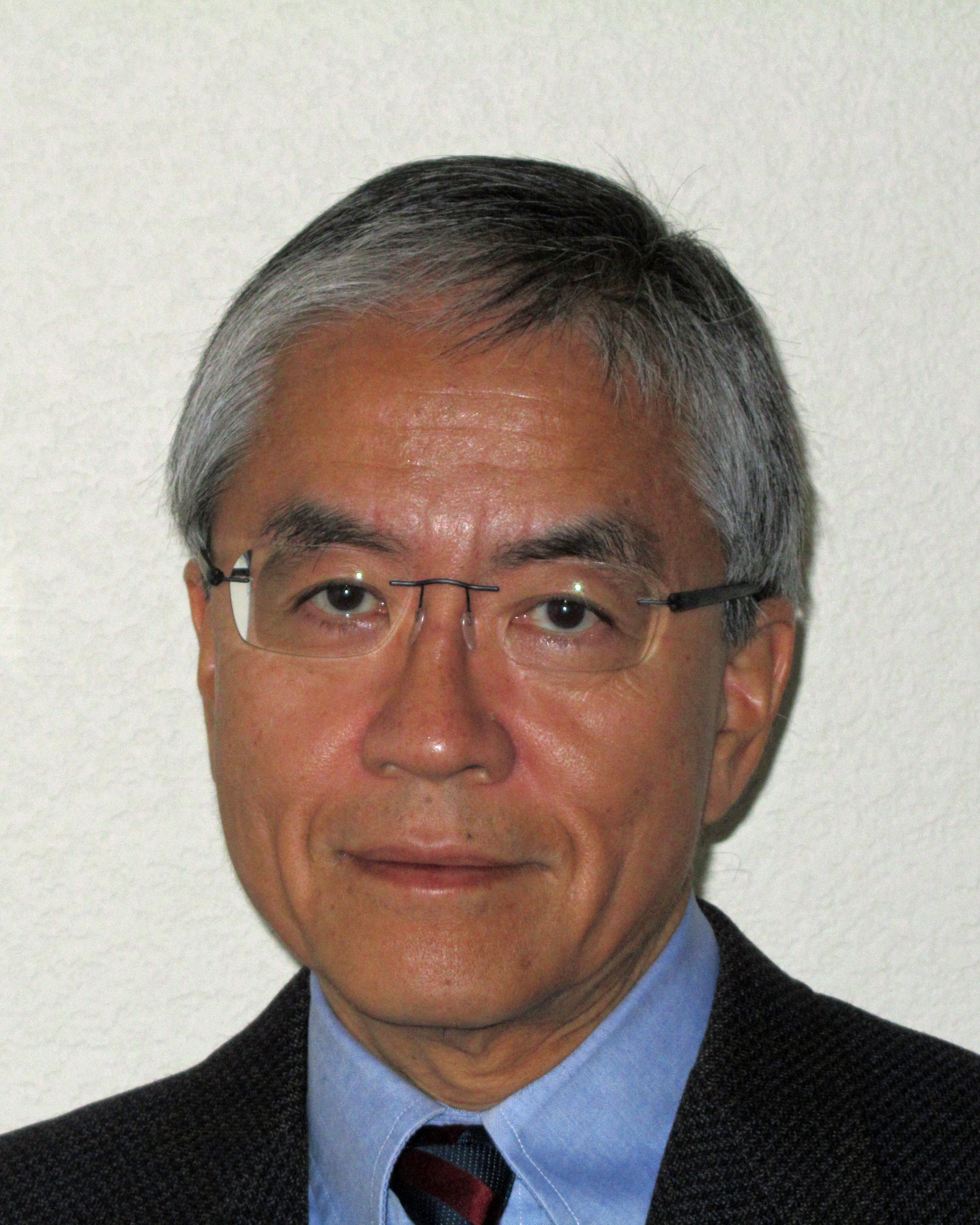Lehigh University
Office or Center Name Here
P. Benson Shing
Professor, Department of Structural Engineering, University of California, San Diego, CA
Understanding the Seismic Performance of Structural Systems through Large-Scale Experiments and Computational Simulations
Thursday, April 15, 2021– 4:30 pm
click here to view videoP. Benson Shing is a professor of Structural Engineering at the University of California San Diego. He earned his BS, MS, and Ph.D. degrees from the University of California at Berkeley. His recent research focuses on the seismic performance of reinforced concrete and masonry structures, and the advancement of design and assessment methods through computational modeling and large-scale laboratory experiments. His earlier work included the development of hybrid simulation methods for seismic assessment of structural systems. His research has been supported by a number of agencies, including the NSF, NIST, California Department of Transportation, Colorado Department of Transportation, and the Applied Technology Council with funding from NIST and FEMA. He is a member of TMS 402 Committee and ASCE 41 Masonry Subcommittee.
Understanding the Seismic Performance of Structural Systems Through Large-scale Experiments and Computational Simulations. The development of design standards for seismic force resisting systems has been relying on data from numerical simulations and laboratory experiments for a long period of time. However, these simulations have often been performed with highly simplified computational models either because of their computational efficiency or because of the lack of more refined modeling options. Moreover, most experimental studies focused on isolated structural elements or subassemblages, which were typically tested to a state of severe damage but not to the point of incipient collapse. It is well recognized that the performance of a structural system in an earthquake depends on how the structural elements interact, which dictates the resulting inelastic mechanisms, as well as on the alternate load paths and redundancy provided in the system. To compensate for the lack of system response data for model validation, design specifications and evaluation criteria often have to have added conservatism. This may not only result in less economical systems but also a lack of uniform safety level across structural materials and systems. To develop reliable performance-based seismic design guidelines, accurate and efficient computational models are essential for predicting the damage states as well as accessing the possibility of collapse of a structural system in an earthquake. Computational modeling of the response of reinforced concrete and masonry structures for such purpose is especially challenging as these structures can develop complex inelastic mechanisms, including the cracking and crushing of concrete/masonry, the yielding, buckling, and fracture of reinforcing bars, and the interaction between the two materials. This lecture demonstrates the importance of structural system testing and refined computational modeling to the advancement of design standards for reinforced masonry structures, and presents some recent work along this direction including major findings.
